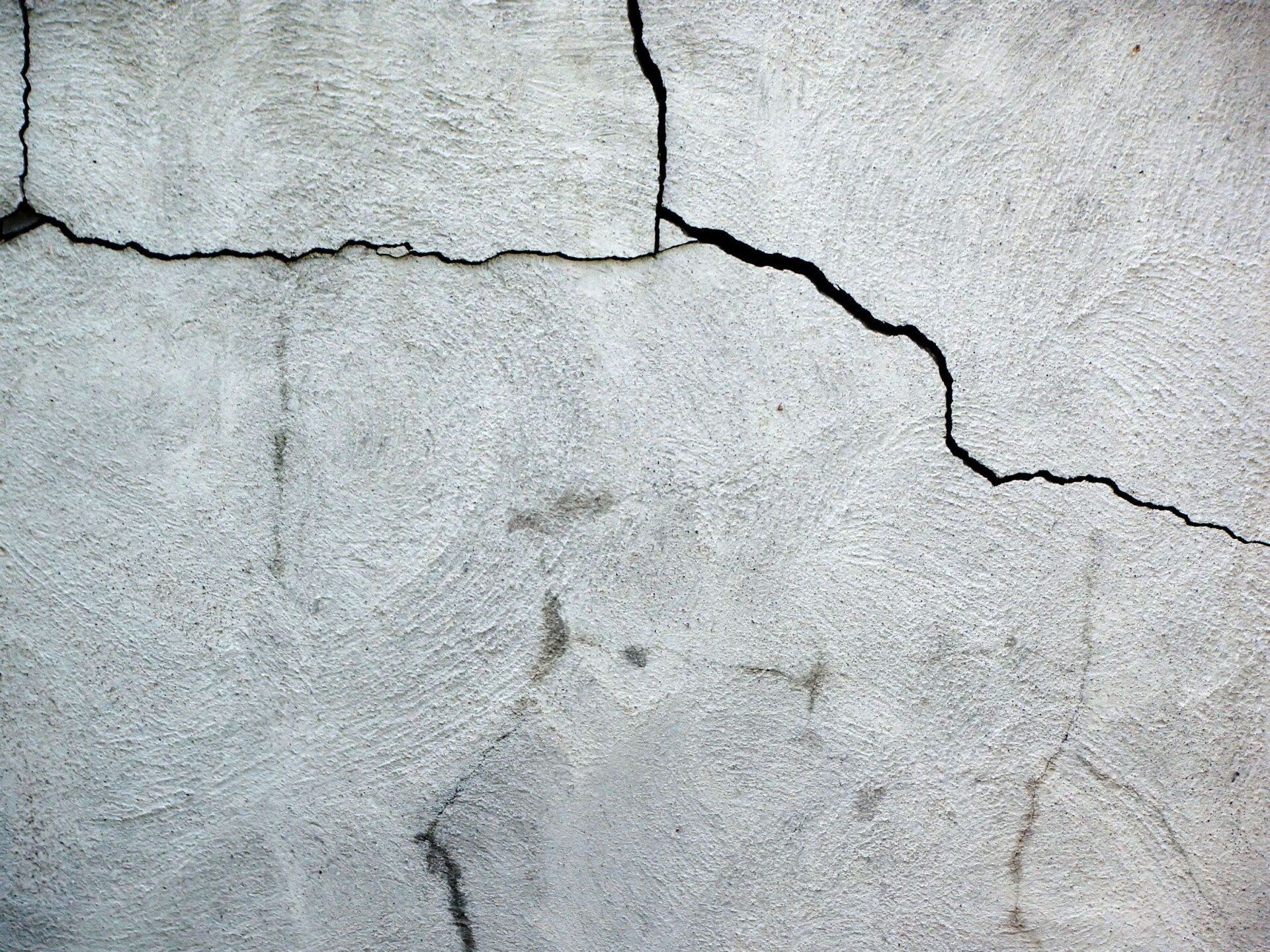Water Proofing Options for Flat Roofs
Flat roofs are a popular option in most residential and commercial construction projects for several reasons. The roof takes less time to install, has high energy efficiency, is easy to maintain, and has a long lifespan. Getting a flat roof is a wise choice for a business or individual. However, these advantages hinge upon the success of your waterproofing strategy since flat roofs rely on the underlying material.
While sloping roofs quickly lose water along the slope, flat roofs risk accumulating water. Professional waterproofing involves examining environmental factors such as nearby industrial effluents and the type of structure. These considerations help achieve a waterproof flat roof that is durable. This piece explores some waterproofing options for your flat-roofed building.
Liquid Waterproofing
This process involves using a special coating which can be glass-reinforced plastic, or liquid fleece membrane. Even though this method is applicable for other roof designs, it is ideal for your flat roof. The installed coat is also durable on a flat top, but the longevity depends on how you maintain the waterproofing coating and the product quality.
The application process resembles painting, but the end product is an elastic membrane that prevents water from penetrating your flat roof. Over the years, research into liquid membranes resulted in different products that you may select based on cost, availability, and suitability for your project. Ensure you choose liquid membranes suitable for the surface and roof.
Several interventions can guarantee the longevity of the liquid waterproofing membrane. For instance, do not cut shortcuts when preparing the substrate.
Single Ply Waterproofing
Large roofs and roofs requiring the maximum life expectance, would require a sheet membrane. Some examples of such structures include schools, hotels, warehouses, apartments, and sports facilities. Single ply waterproof materials are your best option if you develop such a project. The most common single-ply waterproofing materials include polyvinyl chloride and ethylene propylene diene monomer.
A material like polyvinyl chloride creates leak-free surfaces and prevents corrosion. As a waterproofing material, polyvinyl chloride reduces the roof's weight, prevents corrosion, and protects your roof from other impacts of the harsh outside weather. These materials are synthetic and resist chemical rotting, while their strength helps them endure abrasion and shock on constantly used rooftops.
Bitumen Membranes
Bitumen, either as a single or two sheet torch-on membrane, has been the traditional protection offered to flat roof application, successively, over many years. This material is still in large demand in modern industries mainly due to its ability to prevent water ingress. Bitumen is essential in flat roof waterproofing since it makes such surfaces operable under dump and wet conditions.
The most common use of bitumen is the sheet membrane. Roofing applicators unroll and lay the membrane on the roof whilst applying heat via a torch to melt the bitumen onto the roof. However, some membranes are self-adhesive and do not require heat to be adhered to the roof. Bitumen is favoured due to low life cost and minimum maintenance needs.
Waterproofing a flat-roofed house prevents ultraviolet ray degradation. The waterproofing materials also helps prevent damage to the roof structure, which result from the combination of water, debris, and impact damage. The membrane assists in extending the durability of the roof structure.
There are different options for waterproofing your flat roof today. At Smithy's Contracting Pty Ltd, we specialise in waterproofing solutions in various industries. Our company has the competence, access to materials, and experience essential to developing a waterproofing solution for your flat-roofed house. You may also contact regarding suitable waterproofing materials to use.



